Gavjenks
TPF Noob!
- Joined
- May 9, 2013
- Messages
- 2,976
- Reaction score
- 588
- Location
- Iowa City, IA
- Can others edit my Photos
- Photos OK to edit
So I had no idea what I was doing with my cheap old film camera with my first roll, and snapped the film inside by accident. I DID know at the very least not to open it, of course, until I has my hands under a blanket in a dark room at night, so I didn't ruin any exposures, but I did scratch up the last few shots a lot until I could find the edge and get a roll going.
This is the last shot before the film broke, missing a big chunk of film on the right, and covered in scratches from fumbling around for the broken end to start rolling. I just really liked the "distressing" for some reason. The broken bit also almost looks vaguely intentional.
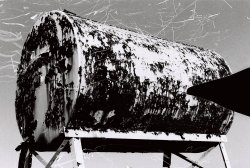
And well why not, some other sort of keepers, not so damaged:
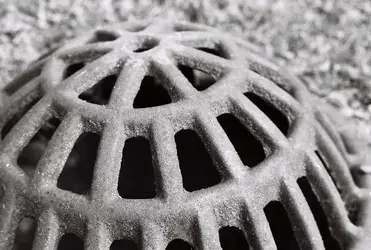
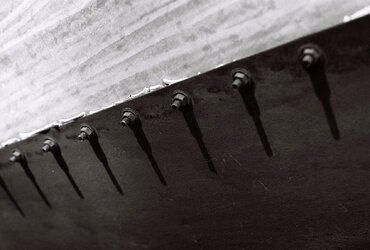

This is the last shot before the film broke, missing a big chunk of film on the right, and covered in scratches from fumbling around for the broken end to start rolling. I just really liked the "distressing" for some reason. The broken bit also almost looks vaguely intentional.

And well why not, some other sort of keepers, not so damaged:



Last edited:


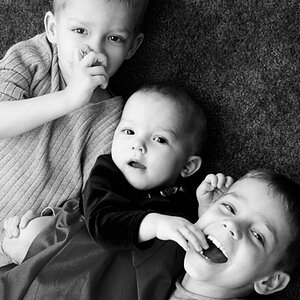


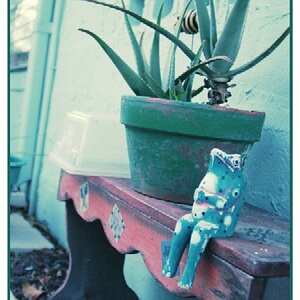
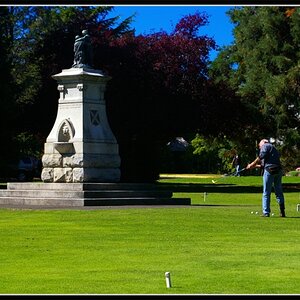

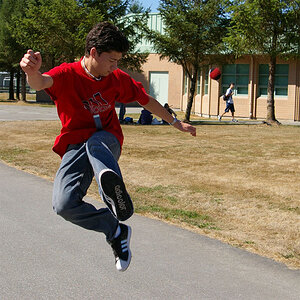




![[No title]](/data/xfmg/thumbnail/42/42278-22ed940cbdc5888a28d9be36006594dc.jpg?1619740086)